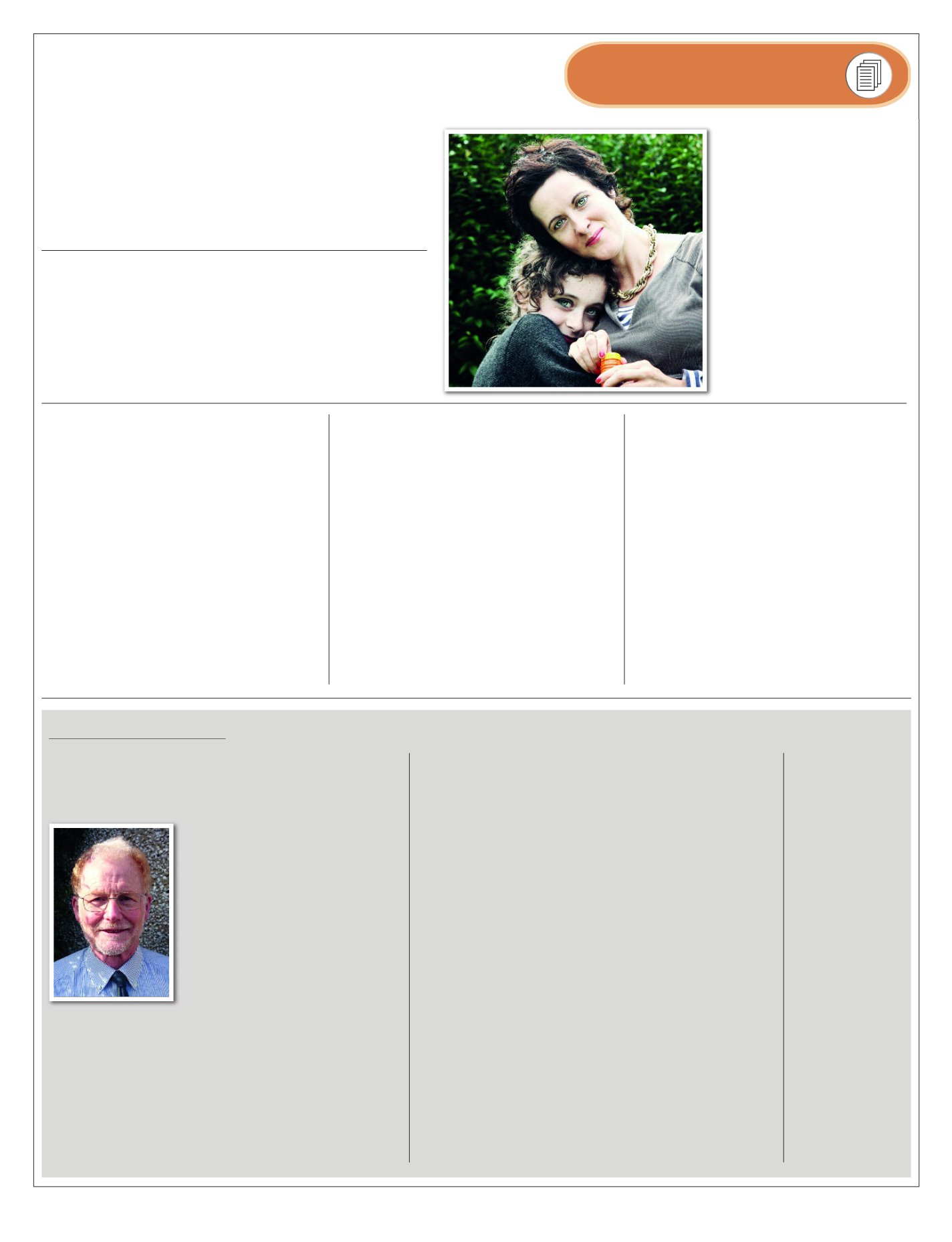
A CONFESSION:
during a lengthy career as both a practitioner and
manager in criminal justice and substance problems services, I didn’t
read! That’s not quite true – I read enough reports and policy
documents to last a lifetime, but rarely lost myself in the type of
material that would have encouraged me to reflect more fully on the
quality of my practice or challenges in the wider and shifting landscape.
Journals I subscribed to piled up in a corner, unopened.
The situation changed when I became a lecturer delivering
substance problems modules to social work students. Not only did I
suddenly have the time to ferret out material; it became an obvious
necessity of the job. There is, of course, an irony here: I was reflecting
on best practice at a point in my career when I was furthest away
from directly impacting on people with problems.
I’m sure my experience will ring bells with busy practitioners
struggling with excessive caseloads and harassed managers trying to
maintain quality in the face of conflicting demands and reducing
resources. All too often continuing professional development consists
of the occasional, short skills input or attendance at day conferences.
The latter is great for networking, but how often is the content
quickly forgotten? In addition, continuing professional development is
usually the first casualty of funding cuts.
Having spent the last few years accessing material, both for
teaching purposes and for writing a text book on substance
problems, I thought that it would be good if I could pass on some of
what I have found most helpful, so I’m delighted to be writing
Resources Corner
for
DDN
, every other month.
So what will my new column cover? Well, books will be in there, but
websites, podcasts, interviews and research summaries will be in the
mix too. I intend to apply two overarching criteria when considering
material. Firstly, it must be either challenging or inspiring: I hope the
reader will come away wanting to access the material. Secondly, it must
be easy to find and easy to digest, so that busy workers will gain the
benefit without large demands on precious time.
I’m really looking forward to getting started.
George Allan is chair of the Scottish Drugs Forum. He is the author
of Working with Substance Users: a Guide to Effective Interventions
(2014; Palgrave)
April 2016 |
drinkanddrugsnews
| 13
read the full stories and more:
‘so what
will my new
column
cover? well,
books will
be in there,
but
websites,
podcasts,
interviews
and research
summaries
will be in
the mix too.’
resourCes Corner
MY 15-YEAR-OLD DAUGHTER
, Martha Fernback,
died of an accidental overdose in 2013 after
swallowing half a gram of MDMA powder that turned
out to be 91 per cent pure. After her death, I found that
she had been searching online for ways to do it safely –
but sadly what she took in one go was enough for five
to ten people. My naturally curious teenager wanted to
get high; she didn’t want to die. No parent wants to
think of their child taking drugs, but I’d choose high
over dead any day.
I've been regularly visiting schools to have an open
dialogue with 15 to 18-year-olds. When I asked a group
of 19 Oxford students how many have been offered
drugs, 18 hands went up; I then asked how many of
them knew where to get drugs from and 19 hands
went up. With each school I visit, this is the consistent
picture and it worries me greatly. They comment that
the schools just tell them not to do it, but that there is
no advice or education on the alternatives – despite
harm reduction being the most obvious and sensible
one. I liken harm reduction education to age-
appropriate sex education, which empowers young
people and helps them to make more informed
decisions. Harm reduction isn’t about being for or
against drugs – it’s the responsible reaction based on
what's actually needed.
I remember searching on the Frank website when I
found out Martha had taken ecstasy for the first time
and it did nothing to quell my feelings of helplessness
and inadequacy – it merely offered symptoms and
possible reactions, rather than harm reduction. I
therefore remained terrified as I couldn’t find good
information to equip me with the answers based on the
fact that the ‘just say no’ strategy wasn’t working for
my child.
The divide between the easy access young people
have to drugs and the inadequate education they
receive is alarming. The dialogue I have with them
shows me how genuinely baffled they are, due to so
much misleading information and the stigma
embedded within this subject. For some youngsters
the easy access to drugs has, in part, normalised drug
taking. They see their friends not dying from taking
drugs and may have had a good experience on drugs.
They tell me that drug taking isn’t always widespread
at parties, but there’s always a handful who are
partaking. They say that drug taking at gigs and music
festivals is widespread and seems to go with the
territory.
Parents and children need to know where they can
access good, solid information that isn't based on
judgement or idealism.
Learn more about Anne-Marie’s campaign at
Get real
Losing her daughter to an accidental overdose
made
Anne-Marie Cockburn
determined to
campaign for the realistic drugs education
that could have saved Martha. She spoke
powerfully to a recent meeting of the Drugs,
Alcohol and Justice Parliamentary Group
‘I remained
terrified as I
couldn’t find good
information to
equip me with
the answers based
on the fact that
“just say no”
wasn’t working
for my child.’
first person
We need easy access
to material that will
challenge us, says
our new columnist
George Allan
Be inspired!


